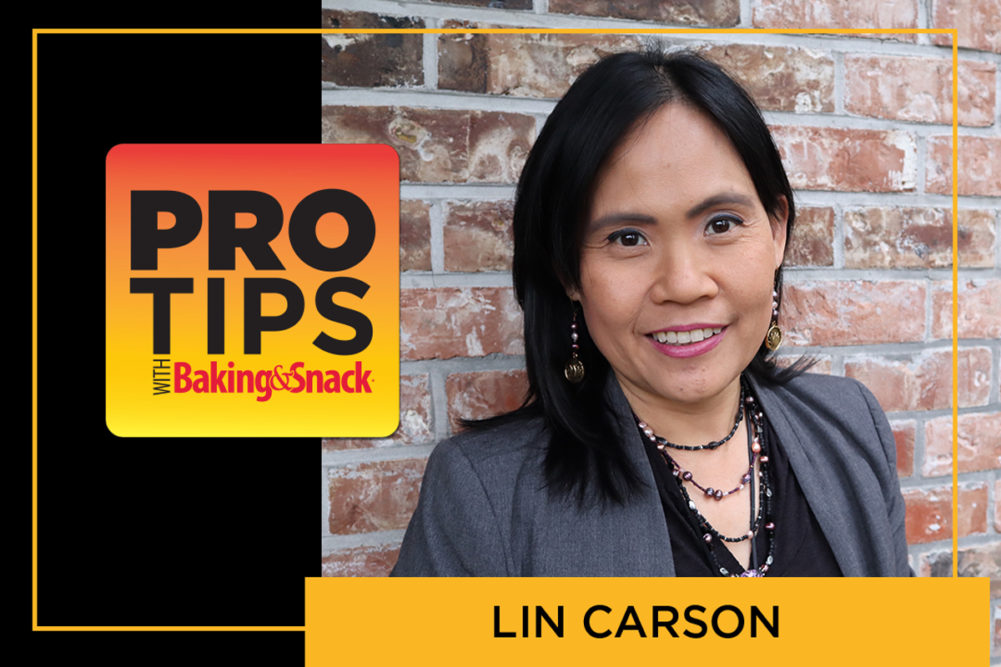Pro Tip: Reformulating for clean label will require changes to equipment and processes.
When switching to a clean label dough formulation, bakers cannot forget about their equipment and their capital spending. The use of oxidizers and emulsifiers were heavily relied upon when we industrialized baking. When we remove these ingredients, we must have equipment and processes in place that is much gentler on the dough.
Let’s take a look at the following steps that your company needs to take into consideration:
- Fermentation: Going from a water brew to a flour brew will help hydrate some of the flour. Switching from a flour brew to a sponge-and-dough system will hydrate more flour. This will significantly reduce your dependence on dough conditioners.
- Mixer and pre-hydration: Use a temperature-controlled mixer and/or a rapid hydration pre-hydrator. Keep an eye on the mixing, as over-mixing will result in fragile dough that will be sticky. Sticky clean label doughs aren’t due to absorption but the fact that processing equipment aren’t adjusted properly.
- Avoid dough pumps and instead convert to dough conveyors that will help cool down the dough and result in dough relaxation.
- Gentler sheeters or dividers that maintain large bubbles in the dough work best with clean label doughs. This will greatly reduce the dough temperatures and enable the clean label enzymes to function optimally.
- Cooler proofers with larger capacity are needed because clean label enzymes are more sensitive to high temperature proofing.
- Ovens with adjustable zones that do not overlap and are independently controlled will help with controlling thermal profiles and bake outs. Make sure your product arrives at the desired internal temperature at 90% of the total bake time when baking out multigrain breads. Any less than 9% of the product’s bake time will leave more moisture in the bread for mold growth.
- Self-sanitizing cooling conveyors will help with mold control, since the use of cultured wheat requires a more frequent sanitization schedule.
I hope these points help you understand why cleaning up your label also requires a look at your equipment and processes. If you need more information, check out our BAKERpapers on BAKERpedia.
Lin Carson, PhD, is the founder and chief executive officer of Bakerpedia. You can connect with her on LinkedIn.






